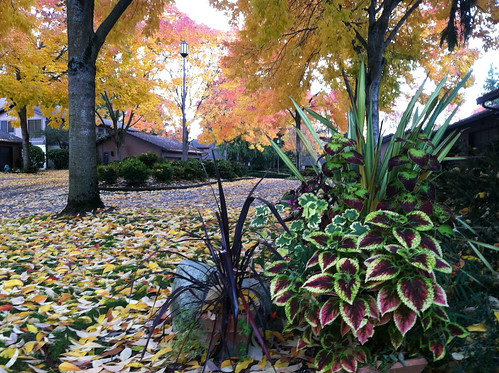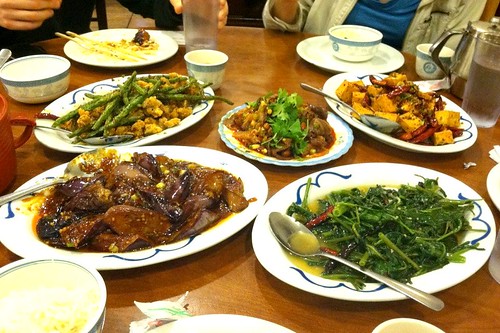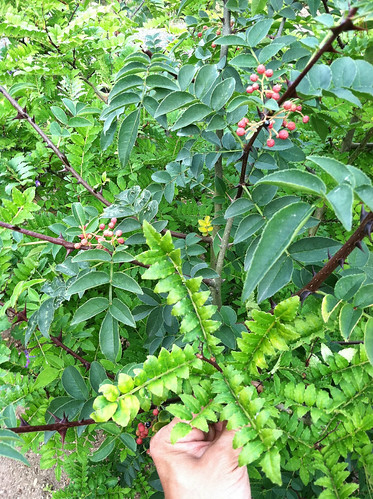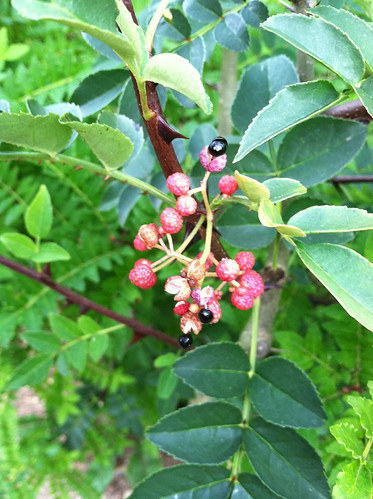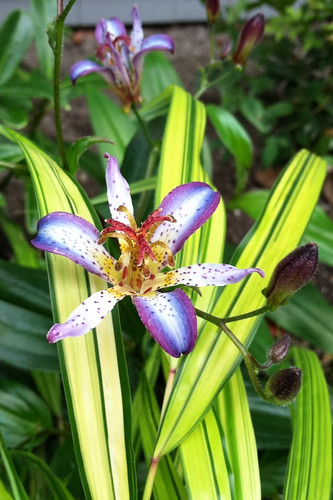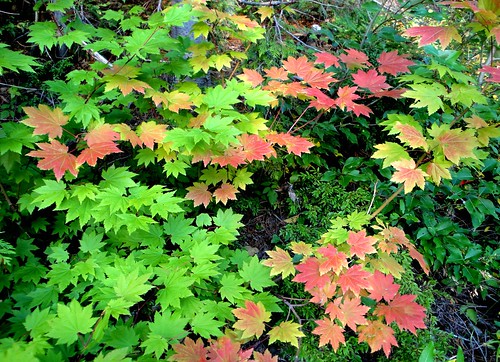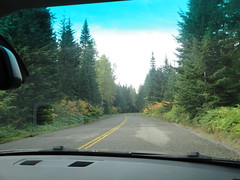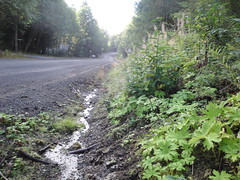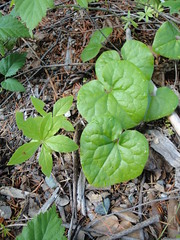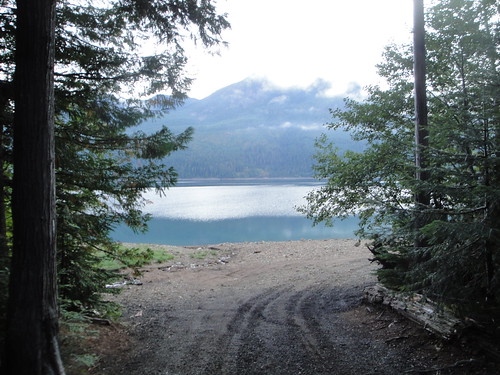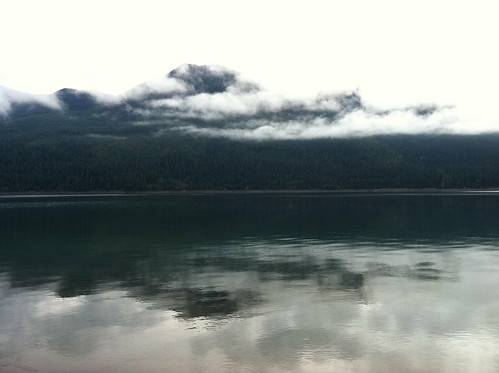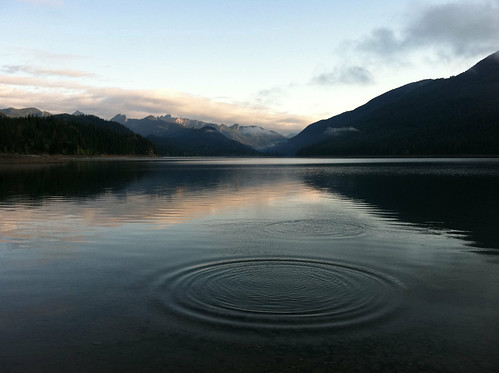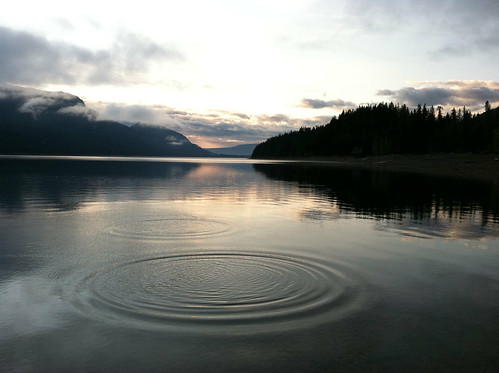Fall color in its full splendor. It was just a few weeks ago that I wrote about the lack of color up in the mountains, but with snow expected up there soon, I'm sure things colored up well, but here in the lowlands, the show has been quite spectacular.
Check out a recent visit to Washington Park Arboretum and the wonderful display we were treated to.
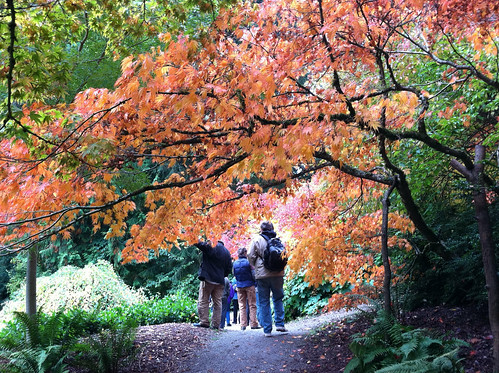
After a staff meeting, our hort supervisor, David Zuckerman, lead us on a tour of the Woodland Garden.
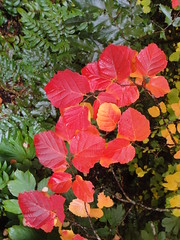
The absolute standout was the intense coloration of
Fothergilla major. All throughout the plant was this kaleidoscope of warm colors at different intensities. Each year, it's always this brilliantly colored and can be seen from quite a distance! Next to the
Fothergilla is another one of my favorite landscape plants that will exhibit its autumn colors in just a few days. This is
Hydgrangea quercifolia, the Oak Leaf Hydrangea! Below
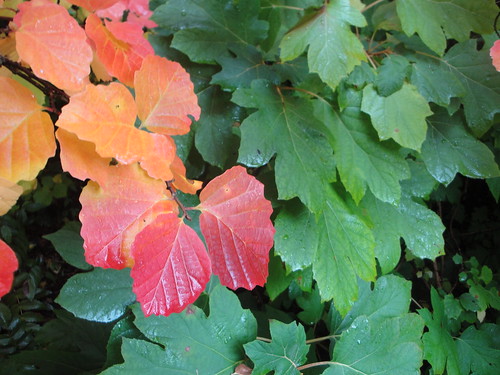
Further down the path, we encountered the stunning fine texture of this
Acer dissectum cultivar that lit up the woodland garden as the sun that day made an attempt to show itself that afternoon.
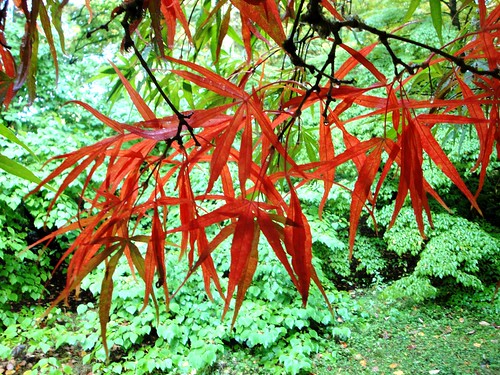
Close by in the winter garden, the
Hamamelis, or Chinese witch hazels, were coloring up quite well also:
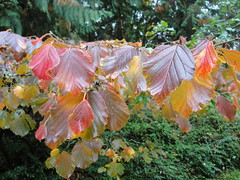
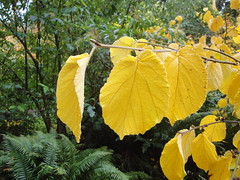
Can't share fall color with some bark action and these Chinese Paper Birches (
Betula albo-sinensis var.
septentrionalis) were simply outstanding!
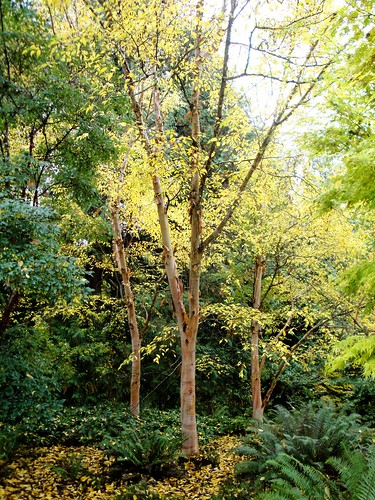
Then, we looped around and captured a view that I've never seen before in all the years of visiting the Arboretum. It was such a treat to witness this with my co-horts and appreciate one of the reasons why we love what we do!
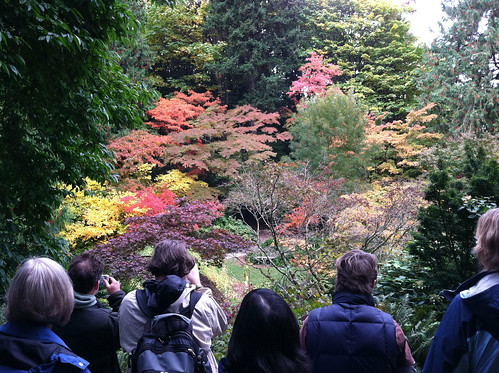
R
